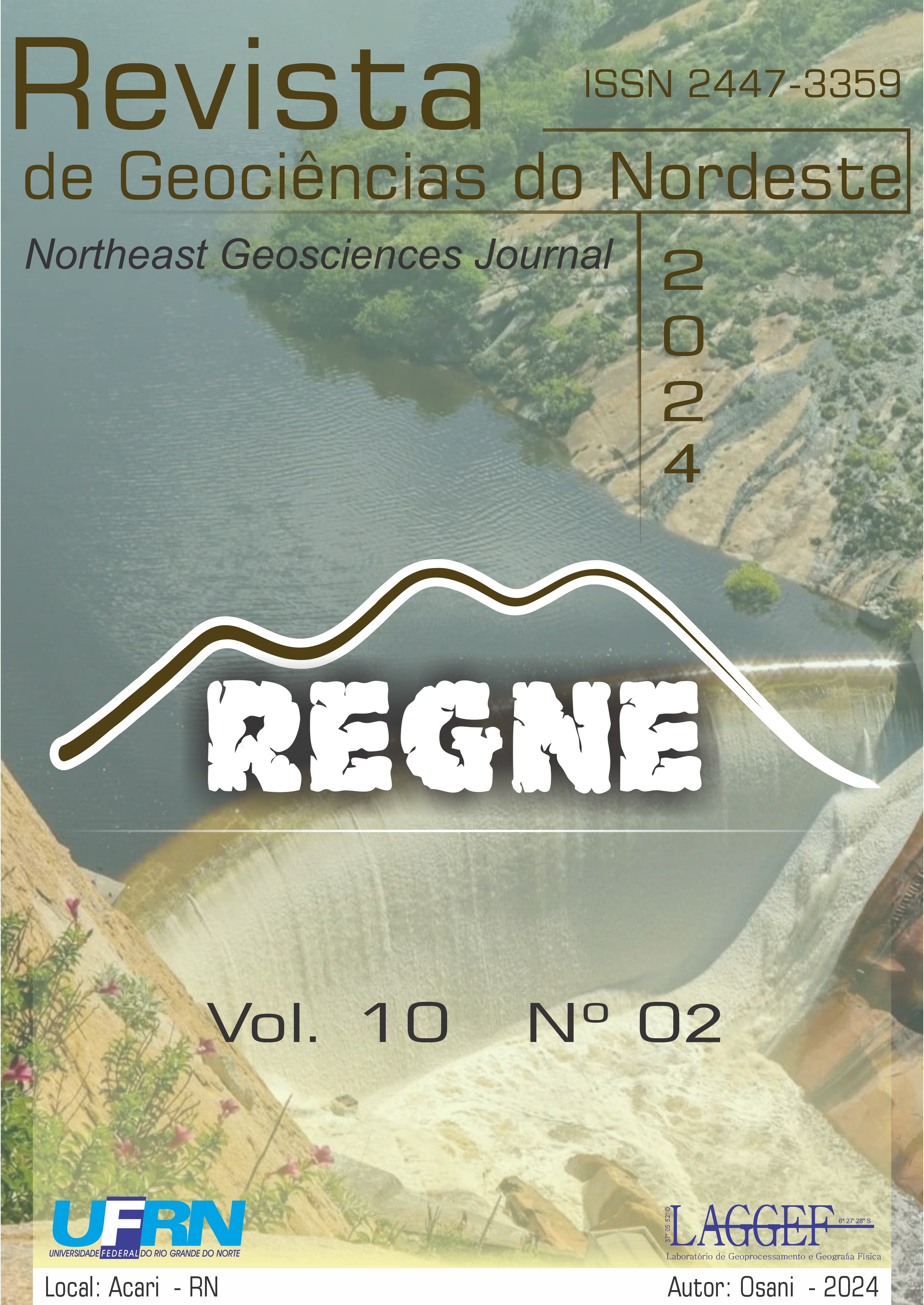Estimation of the water quality of the Rio Grande-Brazil slopes in different scenarios: modelling of the BOD and DO variables using Qual-UFMG
Estimation of the water quality of the Rio Grande-Brazil slopes in different scenarios: modelling of the BOD and DO variables using Qual-UFMG
DOI:
https://doi.org/10.21680/2447-3359.2024v10n2ID35630Abstract
This work aimed to evaluate and apply a water quality modeling methodology in the management of water resources, evaluating, among other things, the effectiveness of the obligations foreseen in the legislation, in view of the foreseen uses in the basin. The Brazilian hydrographic basin GD2 was used as a case study, considering the sewage releases from 30 municipalities. Biochemical Oxygen Demand (BOD) and Dissolved Oxygen (DO) were modeled in four scenarios, using the Qual-UFMG model. In the first two scenarios, which portray the current and trending situation (2033), a good condition was verified for most of the basin, with the exception of the headwater stretches, where worrying values for BOD and DO were found. In C-03, the results of complying with legislation were investigated (90% of sewage collected and treated and 70% of BOD removal) for 2033. It was found that, for most headwaters regions, it will not be enough to guarantee the expected uses, requiring higher percentages of attendance and efficiency. In C-04, the minimum BOD removal efficiencies necessary to meet the intended uses were found. Very high and often unattainable efficiencies were found in watercourses with a small dilution ratio, suggesting the need for other control measures.
Downloads
Downloads
Published
How to Cite
Issue
Section
License
Copyright (c) 2024 Notheast Geoscience Journal

This work is licensed under a Creative Commons Attribution 4.0 International License.


 Português (Brasil)
Português (Brasil) English
English







